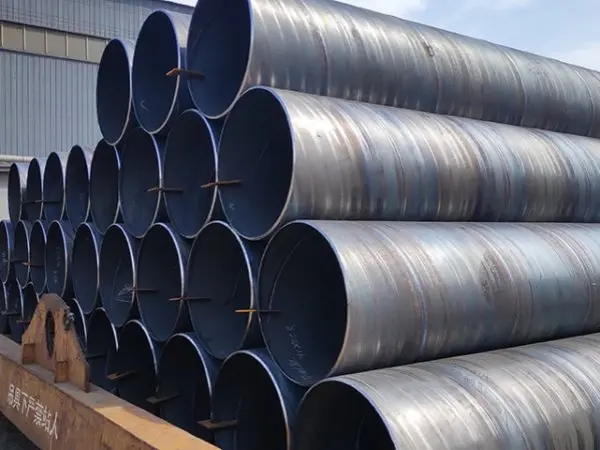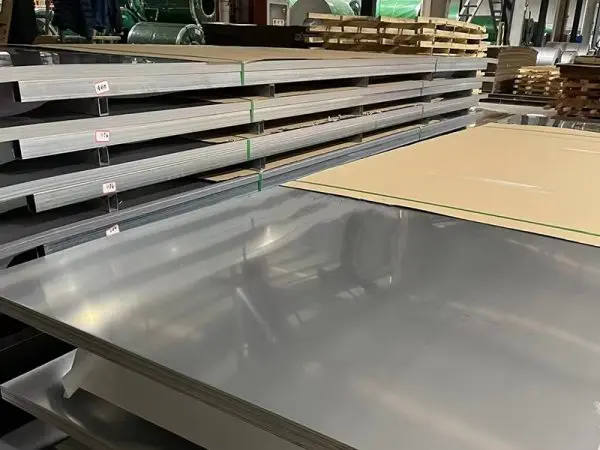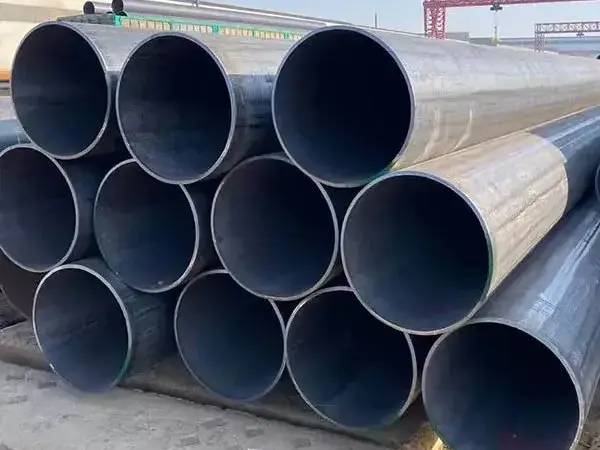- Phone0086 731 8564 8255
- E-mailsales@cscsteel-manufacturing.com
-

In recent years, with the growth of the national economy, thick-walled LSAW steel pipes have found widespread use in offshore platforms, high-temperature and high-pressure vessels, and wind power pipe piles. These steel pipes are typically made from materials such as D36 steel, S355 steel, and structural steel plates with Z-direction properties. Due to the large thickness, high carbon content, and high carbon equivalent of these plates, their weldability is poor, and they exhibit a tendency for high hardenability. This compromises the joint welding performance and makes cold cracks, particularly transverse cracks, more likely to form. When welding cracks do occur, along with the necessary control measures, it is crucial to repair the affected areas promptly. Below is an example of repair steps for transverse cracks in S355 steel welding.
Defect Identification:
Conduct a 100% ultrasonic testing (UT) on all welds. Mark the location, length, depth, and direction of any detected cracks. If the entire weld is defective, it is recommended to remove the entire weld and redo it using submerged arc welding. For localized defects, local arc welding rework is advised.
Preheating Before Gouging:
Preheat the area to 110-170°C. Measure the preheating temperature at least 150mm from both sides of the weld, ensuring that the preheating zone covers a 500mm area around the defect.
Gouging:
Extend the gouging range at least 50mm beyond the crack on both sides into the sound weld area. Ensure the gouging angle for the carbon rod is below 60°, and aim for the smallest possible angle at the crack’s location. Maintain a transition angle of at least 45° between the gouging surface and vertical line.
Polishing:
Grind the gouged surface to remove any black scale, ensuring a smooth transition without sharp pits.
Penetrant Testing (PT):
Perform PT after the workpiece has cooled to the appropriate temperature.
Additional Polishing:
Based on PT results, continue polishing until no red lines appear, indicating no remaining defects.
Magnetic Particle Testing (MT):
Perform MT after polishing to ensure no residual cracks are present. If cracks remain, continue grinding and testing until no cracks are detected.
Preheating Before Welding:
Preheat the area to 110-170°C before welding, with the detection point at least 150mm from both sides of the weld. Ensure the preheating zone covers a 500mm area around the weld.
Welding:
Follow the repair welding procedure, ensuring the weld bead width does not exceed 15mm. Multiple passes may be required. Use either arc welding or automatic submerged arc welding for the repair.
Post-Welding Insulation and Slow Cooling:
Insulate the weld and allow it to cool slowly.
Post-Weld Heat Treatment:
Conduct post-weld heat treatment to diffuse hydrogen and reduce residual stress. If the weldment is particularly rigid, apply "hydrogen treatment" or "stress relief heat treatment." The recommended process involves heating the weld area to 200°C using a ceramic electric blanket and maintaining the temperature for 2 hours before allowing it to cool.
Post-Weld Testing:
Perform non-destructive testing (NDT) 48 hours after welding to verify the integrity of the repair.




